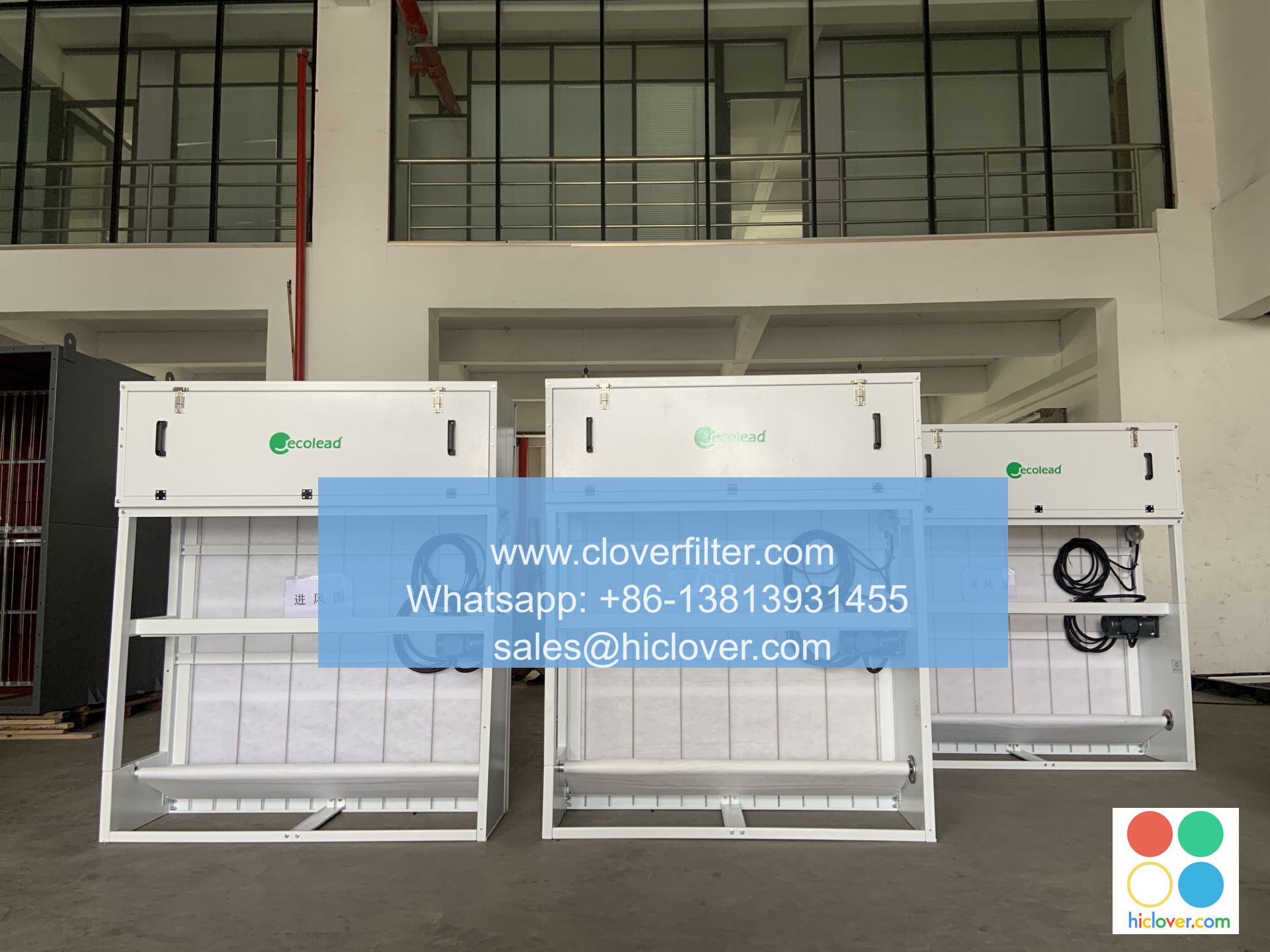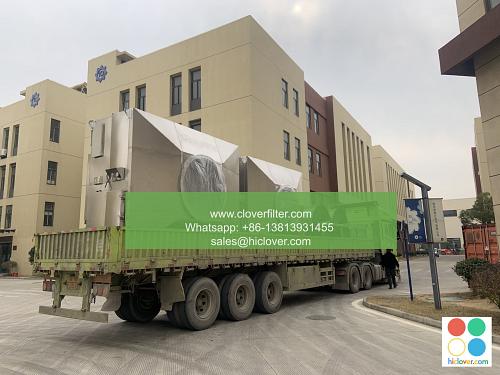The Impact of Air Filter Movements on Indoor Air Pollution

Indoor air pollution has become a significant concern in recent years, with the World Health Organization (WHO) estimating that it is responsible for millions of deaths worldwide each year. One of the key factors contributing to indoor air pollution is the lack of effective air filtration systems. In this article, we will explore the impact of air filter movements on indoor air pollution and discuss the various application areas where high-efficiency particulate air (HEPA) filters and activated carbon filters can be used to improve indoor air quality.
What are Air Filter Movements?
Air filter movements refer to the advancements in air filtration technology that have led to the development of more efficient and effective air filters. These movements have been driven by the need to reduce indoor air pollution and improve indoor air quality. Some of the key air filter movements include the development of HEPA filters, activated carbon filters, and ultra-low penetration air (ULPA) filters. These filters are designed to capture particulate matter (PM), volatile organic compounds (VOCs), and other indoor air pollutants.
Impact of Air Filter Movements on Indoor Air Pollution
The impact of air filter movements on indoor air pollution has been significant. By using high-efficiency air filters, indoor air pollution can be reduced by up to 90%. This is because HEPA filters and activated carbon filters are able to capture 99.97% of particles as small as 0.3 microns, including dust, pollen, and smoke. Additionally, air filter movements have led to the development of smart air purification systems that can detect and respond to changes in indoor air quality.
Application Areas for Air Filter Movements
There are several application areas where air filter movements can be used to improve indoor air quality. Some of these areas include:
- Residential buildings: HEPA filters and activated carbon filters can be used in home air purification systems to improve indoor air quality and reduce the risk of respiratory diseases.
- Commercial buildings: air filter movements can be used in commercial HVAC systems to improve indoor air quality and reduce the risk of sick building syndrome.
- Industrial settings: high-efficiency air filters can be used in industrial air purification systems to reduce the risk of occupational diseases and improve worker health and safety.
- Transportation systems: air filter movements can be used in vehicle air purification systems to improve indoor air quality and reduce the risk of respiratory diseases in drivers and passengers.
Conclusion
In conclusion, the impact of air filter movements on indoor air pollution has been significant. By using high-efficiency air filters and smart air purification systems, indoor air pollution can be reduced and indoor air quality can be improved. The various application areas for air filter movements include residential buildings, commercial buildings, industrial settings, and transportation systems. As the world continues to urbanize and indoor air pollution becomes a growing concern, the importance of air filter movements will only continue to grow. By highlighting the importance of indoor air quality and promoting the use of high-efficiency air filters, we can work towards creating a healthier and more sustainable future for all. It seems like you didn’t provide a prompt or question for me to respond to. Could you please provide more context or ask a specific question so I can give you a helpful and accurate answer?

